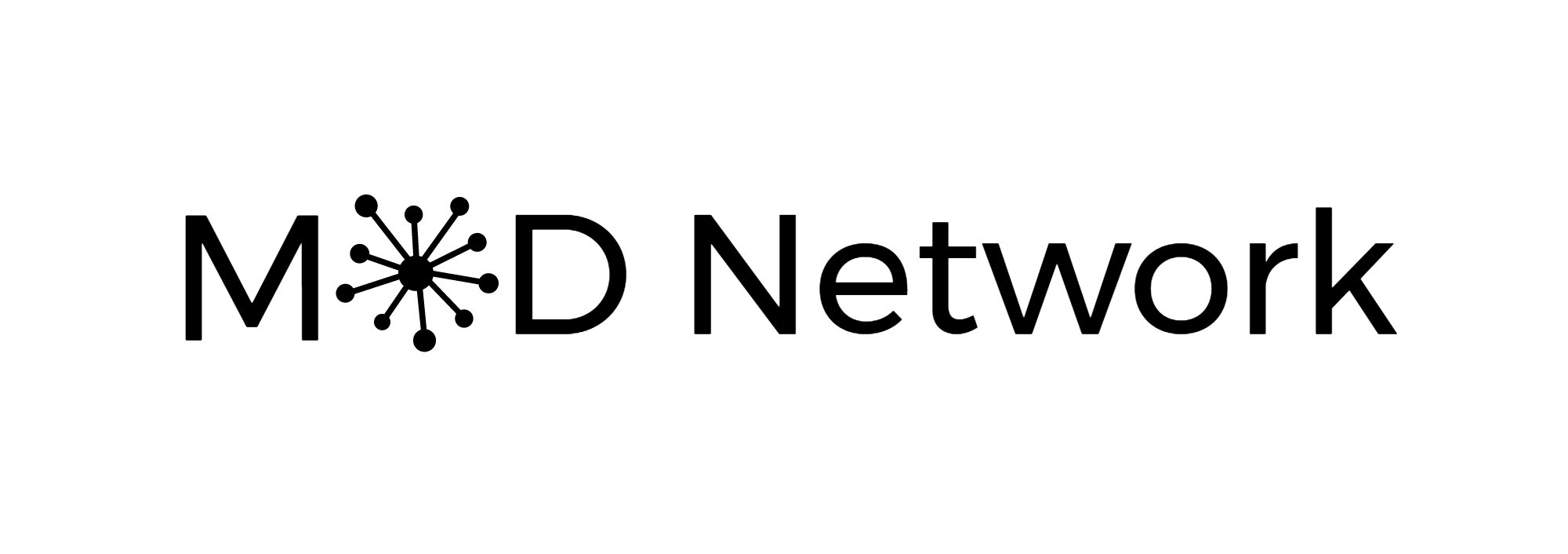Can I Offer You Some Feedback? - Episode #44
Show Notes:
The Kozlowski Leadership Sequence has four distinct components. Leaders move through different parts of a sequence in their approach to the teams they work with. The four phases are acting as a mentor, an instructor, a coach and a facilitator. Sara breaks down the objectives and goals of each part of the sequence. Subscribe today so you never miss an episode!
Below we are offering a transcript of the podcast for accessibility and reference.
Episode #44: Business Bites: Kozlowski’s Leadership Sequence
Welcome to Business Bite. My name is Sara. This is the podcast for busy professionals who want the quick hits of business terminology, historical context, and strategies for integration. This week we'll be talking about Kozlowski's leadership sequence. Kozlowski's leadership sequence has four distinct components and talks about how as a leader we move through different phases or different parts of a sequence in how we approach the teams that we work with. The four areas are acting as a mentor, the second being instructor, the third as coach, and the fourth as facilitator.
Let's start out with mentor. Mentor is a style that's best used when you're working with a new team. Your objective in this phase is to meld new members to the team, identify what the mission or goals are, and you're building a shared attitude and affectation around how the team is bonded together, how they're oriented, and you're providing your expertise for them so that they can better understand what is it that they need to do as part of a new team.
In the second part of the sequence, we talk about instructor. This is a great role to play when you have a novice team, a new team that doesn't know necessarily what they're doing. You're trying to build their skill proficiency, both as individuals and as part of the larger team, but also help individuals see how can they do this work themselves. What knowledge are they bringing to the table and building a team cognitive structure. So, How does the team work together? How can they utilize each other's skills and help other people see on that team what it is that they need to know?
You'll notice that this is different from the prior sequence of mentor in that being instructor, you're providing more of that education to that novice team that doesn't necessarily know what they're doing, whereas mentor, just because it's a new team, doesn't mean they're inexperienced. You're just sitting in a different position when you're working with them.
The third and fourth parts of the sequence, both coach and facilitator are best to use when you have expert teams, groups that have that expertise to be able to do the work. But the distinction is a little bit different. When you're sitting in the space as coach, you're thinking about how do I promote the team's capabilities here. How do I identify what behaviors are moving successfully, and how do I help the team see how they're effective? What are the mental models they could use collaboratively, and how do I build some of that compatible behavior? That coach orientation helps them identify what works best.
The fourth part of the sequence is facilitator. This is where we're helping that team manage themselves. We want them to think about the capabilities that they bring to the table, and we're stepping back as part of that process. Coach, thinking about how it's a little bit more of a hands-on approach, whereas facilitator, we're letting them guide what situation assessment they need to do, how do they think about team coherence and how do they maintain themselves over a longer period of time? Remember, your involvement with that team may change as time is going, but as facilitator, we're focused on them being able to self-manage themselves.
Now, with Kozlowski's model, it's important to realize that depending on the team you're working with and the folks that come in or out of that team, you may need to switch which position you're on, whether on this sequence. If it's coach, mentor, facilitator, instructor, each of these different areas has a different benefit for what the team might be looking for and what they might benefit from next.
This has been Sara with Business Bites. You can reach me at podcast@mod.network. We would love to hear from you on what other terminology you'd like bite-sized. As always, give us a quick rating on your platform of choice and share this podcast with a friend. We'll see you next time.
Further Reading:
